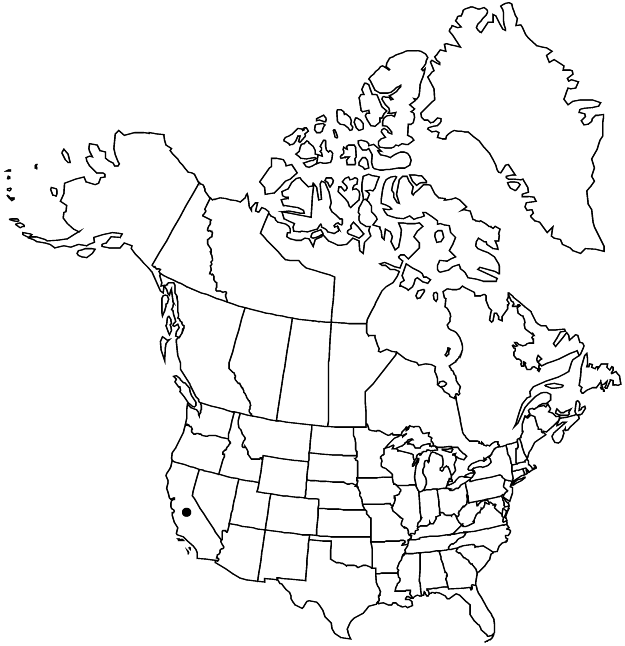Silene coniflora
in A. P. de Candolle and A. L. P. P. de Candolle, Prodr. 1: 371. 1824.
Plants annual; taproot slender. Stems erect, simple or branched, 20–65 cm, glandular-pubescent. Leaves: proximal forming rosette, blade oblanceolate, spatulate, 3–8 (–12) cm × 5–13 (–25) mm, apex ± obtuse, sparingly pubescent and glandular; cauline reduced distally, blade lanceolate, 1–7 cm × 2–15 mm, apex ± acute, sparingly pubescent and glandular. Inflorescences dichasiate, open, bracteate; bracts leaflike, to 15 mm. Pedicels ascending, 1–3 (–5) cm, densely glandular-pubescent, viscid. Flowers: calyx prominently 20–25-veined, ovate-conic, 8–12 mm, margins dentate, coarsely pubescent, glandular, lobes erect, narrowly lanceolate, 2–3 mm, margins membranous ca. 1/4 length of calyx; corolla inconspicuous, cream, purple-tinged adaxially, dull orange abaxially, equaling or slightly longer than calyx, limb ovate, 1–3 mm, apex notched, appendages absent, auricles round, small; stamens shorter than corolla; stigmas 3, shorter than corolla. Capsules tightly enclosed in calyx, ovoid, with narrow opening, opening by 6 triangular teeth ca. 1 mm; carpophore ca. 1 mm. Seeds dark-brown to black, rotund, 0.6–1 mm broad, papillate. 2n = 20 (Asia).
Phenology: Flowering spring–early summer.
Habitat: Open places, oak parklands, especially after burning
Elevation: 0-2000 m
Distribution

Introduced; Calif., Mexico (Baja California), Asia
Discussion
Silene coniflora apparently was introduced into North America in the early days of European exploration and settlement of the Pacific coast. It occurs as a native species from the eastern shores of the Mediterranean to Pakistan and Afghanistan. The report by C. V. Piper (1906) of its occurrence in Washington is based on a specimen of S. conica. I have been unable to confirm the statement by M. E. Peck (1961) that S. multinervia is “sparingly introduced” along the coast of Oregon.
Selected References
None.
Lower Taxa
"/4lengthofcalyx" is not declared as a valid unit of measurement for this property.